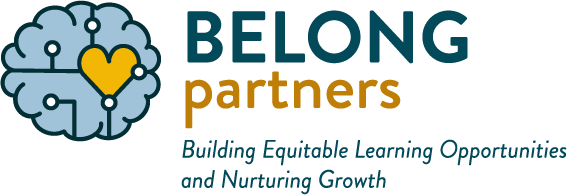Contributed by: Jody McVittie MD, Certified Positive Discipline Lead Trainer, Parent Coach
We often get upset when our children make mistakes. If and when we calm down – it is our job to help them learn from the mistake. One common way to “teach” children about mistakes is to have them experience some kind of pain as a result of the mistake. We can call this pain a “consequence” or “punishment” and it often involves some kind of imposed suffering, shame or humiliation. Jane Nelsen, the author and co-author of the Positive Discipline series has a radically different approach. She agrees that it is important for children to learn from mistakes AND she proposes we learn better when we feel better and have an opportunity to fix the mistake. (See her article on No More Logical Consequences at PositiveDiscipline.com)
What is a SOLUTION?
An act or action that fixes and or prevents a problem. Jane Nelsen, talks about solutions as being
• Reasonable,
• Related,
• Respectful,
• AND Helpful.
Kids learn best when their connection to those they love is not threatened. Connect to the human being in your child before you work on helping them learn from the mistake.
All solutions are consequences (something that happens after the event and because of the event) but not all consequences are solutions.
Solutions teach children skills to recover from their mistakes, to avoid making the same mistake and how to treat others with dignity when they make mistakes. (That might be you some day!)
Hints for Using Solutions Effectively:
Calm yourself first: With few exceptions (your child is running in front of a moving vehicle) taking time to calm yourself will allow your brain to function better and you will be able to problem solve more effectively.
Pause: If you are struggling to calm down, wait until later to problem solve. “I’m too upset to talk about this right now. I think we both need to think of ways to fix this mistake and talk about it when we are calmer.” (Believe me, your child will be thinking about ways to solve the problem too!)
Start with “what” and “how” questions: “What happened?” “How did it make you feel?” “What is your plan for fixing this?” Kids may not have answers right away. Instead of fixing it for them, have them go think some more.
Make a plan (with your child): This may involve a heartfelt written or oral apology. Sometimes it involves saving money to replace something lost or stolen, or perhaps making amends by doing something kind for another person.
Avoid rescuing: Sometimes solutions are embarrassing or difficult. You can share some of your own “repair” moments and support them emotionally, but don’t do the work for your child.
Follow up: After your child makes a plan, follow up with them to see how it went.
Based on the work of Jane Nelsen, Ed.D and her coauthors.
Sound Discipline is a 501(c)(3) non profit. Your donations make a big difference and help us produce newsletters like this. You can donate at our website
